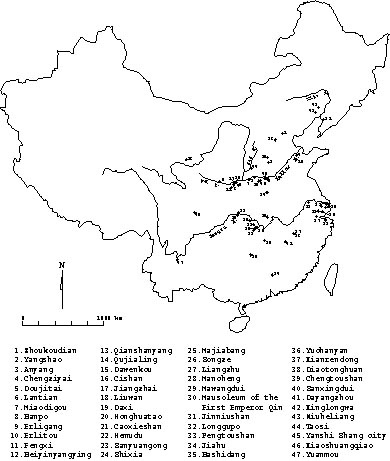

 | Page 316 |  |
of the late Shang dynasty, at Xiaotun in anyang, Henan Province. This was the first state-sponsored archaeological project in China, and fifteen seasons of excavation took place between 1928 and 1937 (when the Sino-Japanese War broke out). This series of excavations at Anyang was not a random occurrence but was preceded by several lines of cultural, political, and technological development, which served as the foundation for the establishment of archaeology as a new discipline.

Archaeological Sites in China
There has been a tradition of interest in antiquarianism throughout Chinese history. Many antiquities were thought to possess a divine nature, and some bronze vessels were regarded as symbols of power and authority. This tradition encouraged the collecting and recording of ancient artifacts and, at the end of the nineteenth century, led directly to the discovery and decipherment of oracle bone inscriptions of the Shang dynasty. The discovery of the original